“This is way more challenging than what people have done so far,” — Yuan-Yu, acknowledging the large magnitude of creating the smallest clock.
Imagine a timepiece smaller than a sugar cube, measuring time with astonishing accuracy.
In a remarkable pursuit of precision, Yuan-Yu Jau and his team at Sandia National Laboratories are pushing the boundaries of timekeeping technology, striving to craft the world’s tiniest atomic clock.
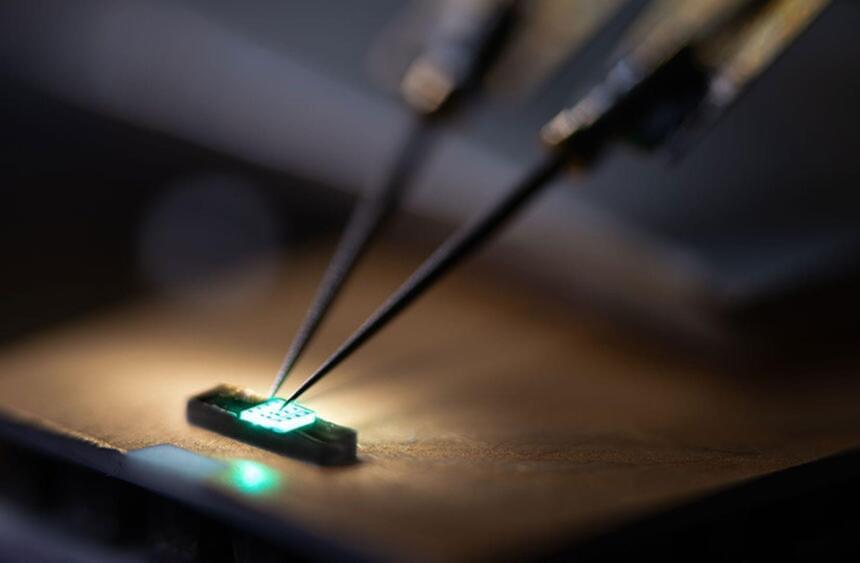
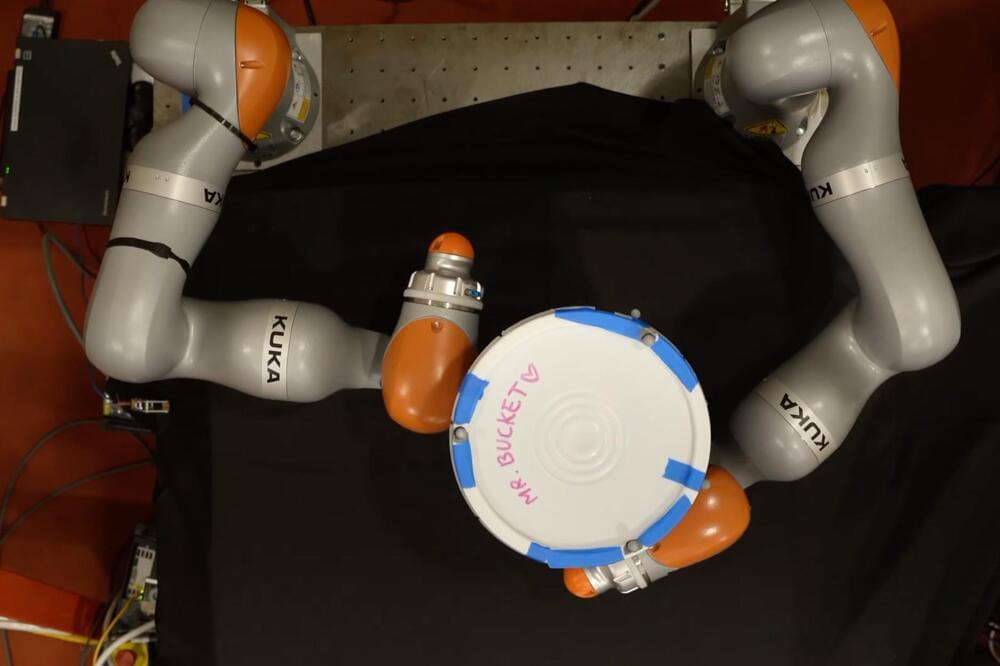
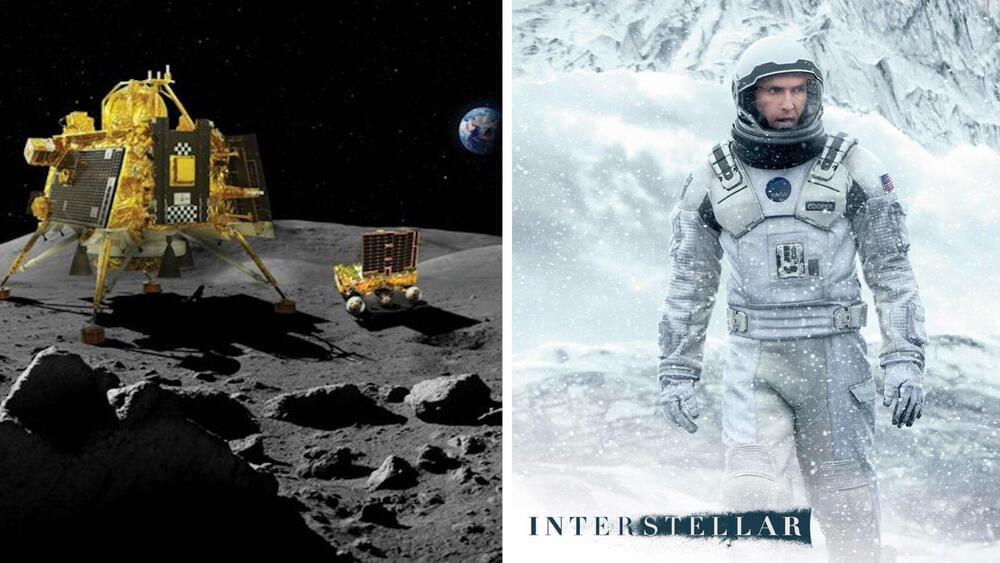
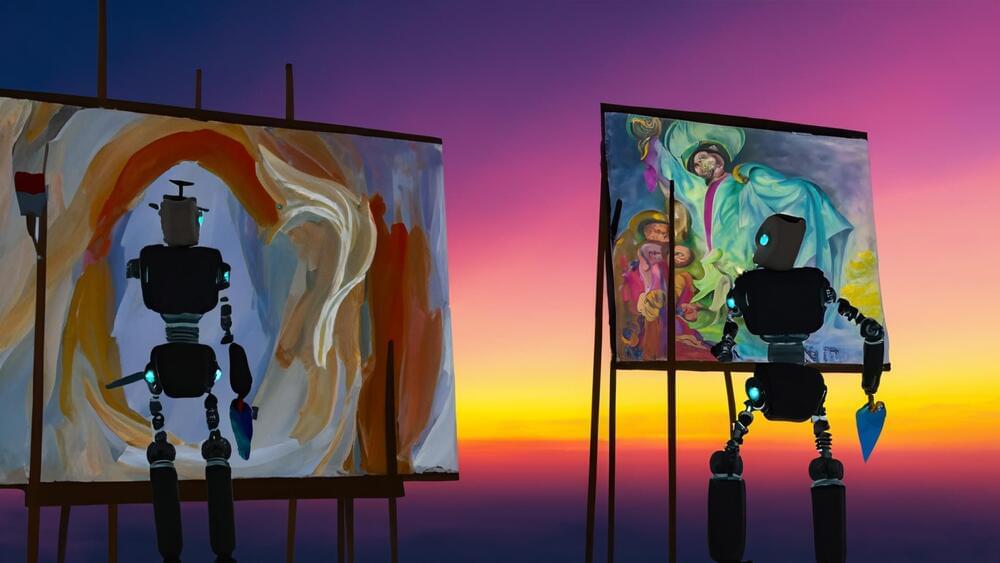
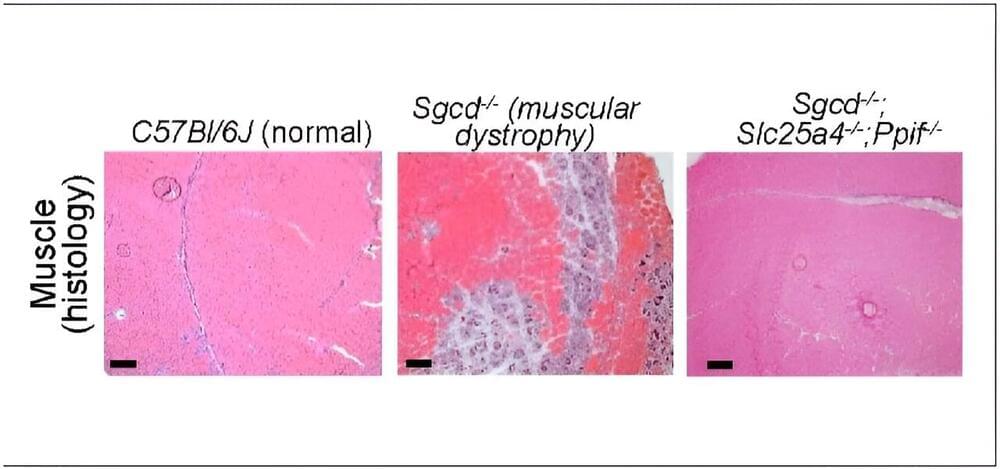
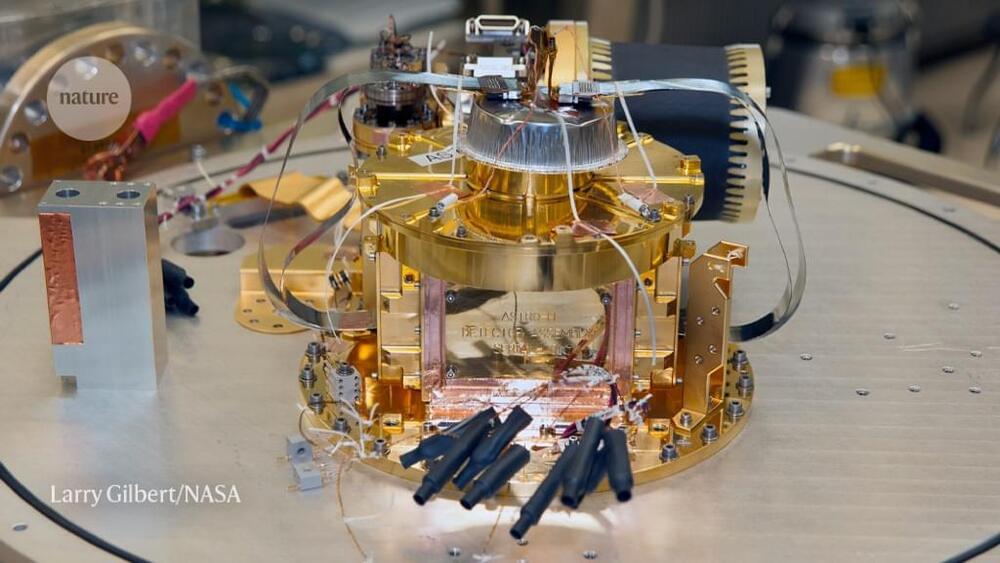
 עברית (Hebrew)
עברית (Hebrew)